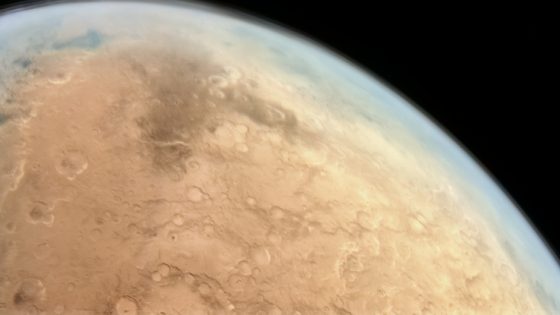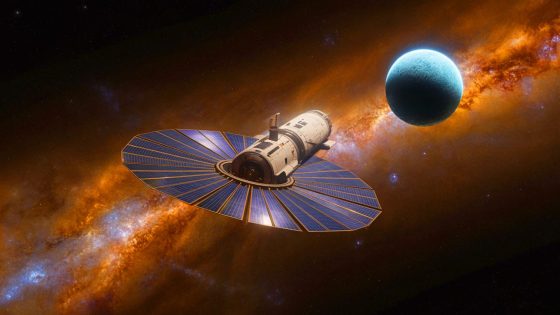Why is Mars barren and uninhabitable while Earth thrives with life? A recent discovery by a NASA rover sheds light on this mystery, suggesting that although rivers once sporadically flowed on Mars, it was ultimately destined to be a desert planet. On July 5, 2025, research revealed that Mars has all the ingredients for life, except for one crucial element: liquid water.
- Mars lacks liquid water for habitability.
- Ancient rivers indicate past water presence.
- Carbonates trap carbon dioxide in rocks.
- Mars has brief periods of habitability.
- Volcanic activity differs from Earth's cycle.
- Discovering life on Mars impacts life's origins.
The Martian surface, marked by ancient rivers and lakes, indicates that water once existed on our neighboring planet. However, new findings from NASA’s Curiosity rover highlight the presence of carbonate minerals, which could reshape our understanding of Mars’s past habitability.
This raises an intriguing question: could Mars have ever supported life? The study suggests that while there were “blips of habitability,” these were rare and followed by extended periods of desolation. Key points include:
- Carbonates on Mars act as carbon dioxide sponges, affecting climate.
- Volcanic outgassing on Mars is significantly lower than on Earth.
- Periods of liquid water were short-lived, lasting only millions of years.
- Future missions aim to return Martian rock samples for further analysis.
As scientists continue their quest to uncover the mysteries of Mars, the potential for discovering ancient life remains tantalizing. Future explorations could provide vital insights into the origins of life beyond Earth.

































